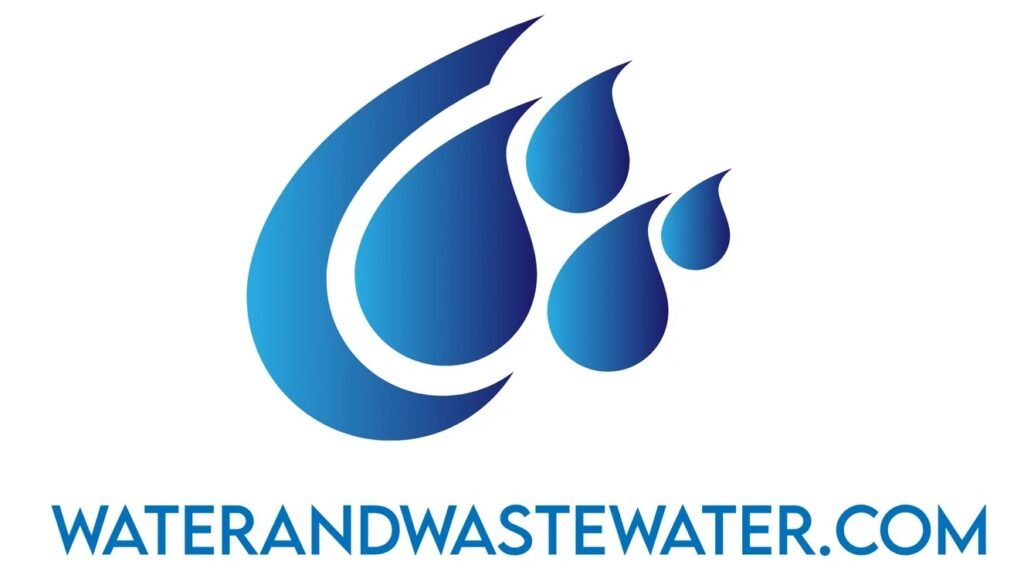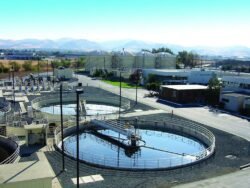
Containerized Wastewater Treatment Plant
Containerized Wastewater Treatment Plants: A Comprehensive Guide to Sustainable Solutions
Introduction
In an era where environmental sustainability is paramount, the need for effective wastewater management continues to grow. Traditional wastewater treatment facilities often grapple with issues such as high operational costs, lengthy construction timelines, and rigid infrastructure requirements. Enter the containerized wastewater treatment plant (CWWTP) — a game-changer that offers modular, scalable, and efficient treatment solutions tailored to diverse settings. This article explores the intricacies of containerized wastewater treatment plants, highlighting their importance, benefits, and operational mechanisms.
1. Understanding Containerized Wastewater Treatment Plants
1.1 What Are Containerized Wastewater Treatment Plants?
Containerized wastewater treatment plants are compact, pre-engineered modular systems housed in shipping containers. These facilities utilize advanced treatment technologies to process wastewater effectively and efficiently while occupying minimal space. The design allows for easy transportation, installation, and commissioning, making them ideal for a variety of applications, from remote communities to temporary construction sites.
1.2 Why Choose Containerized Solutions?
According to recent industry analysis, the global market for containerized wastewater treatment solutions is expected to reach $4.3 billion by 2026, growing at a compound annual growth rate (CAGR) of 10.1%. This surge underscores the increasing preference for modular treatment solutions. The key advantages of CWWTPs include:
- Flexibility and Scalability: These plants can be easily expanded or reduced based on demand or project scope.
- Rapid Deployment: Unlike traditional plants that may take years to construct, CWWTPs can often be operational within weeks.
- Cost Efficiency: Reduced construction time and labor costs contribute to lower overall expenditures, enhancing the return on investment.
1.3 Applications of Containerized Wastewater Treatment Plants
CWWTPs are applicable across a range of sectors, including:
- Remote and rural communities facing water scarcity or inadequate existing infrastructure.
- Industrial sites requiring temporary or augmentative treatment solutions.
- Disaster relief efforts, where rapid deployment of sanitation facilities is crucial.
- Construction and mining operations that generate large quantities of wastewater.
- Military installations requiring self-sufficient water treatment.
2. Technological Components of Containerized Wastewater Treatment Plants
2.1 Treatment Processes
CWWTPs employ a variety of methods to treat wastewater, often using a combination of biological and physical-chemical processes. Common technologies include:
- Membrane Bioreactors (MBR): Integrating biological treatment with membrane filtration, MBRs yield high-quality effluent with minimal footprint.
- Moving Bed Biofilm Reactors (MBBR): These units usebiofilms on plastic carrier media to enhance degradation efficiency, offering compact solutions with significant treatment capacity.
- Dissolved Air Flotation (DAF): This process effectively removes suspended solids and oily waste from wastewater through the injection of air bubbles.
2.2 Automation and Control Systems
Modern CWWTPs are typically equipped with automated control systems that ensure optimal performance, real-time monitoring, and remote diagnostics. These advancements help facility managers quickly identify issues, maintain compliance with regulatory standards, and optimize operational costs by minimizing energy consumption.
2.3 Compliance with Environmental Regulations
Recent research published in leading environmental engineering journals indicates that over 70% of CWWTPs achieve effluent quality standards that exceed conventional treatment plants. Compliance with local, national, and international regulations not only ensures legal operation but also contributes positively to environmental sustainability.
3. Overcoming Challenges in Wastewater Management with CWWTPs
3.1 Addressing Infrastructure Limitations
Many urban and rural areas struggle with aging infrastructure, leading to inefficiency and costly upgrades. CWWTPs can overcome these challenges by providing modular solutions that alleviate pressure on existing systems, offering localized treatment and reducing the risks of overflow events.
3.2 Reducing Environmental Impact
According to the United Nations, approximately 80% of global wastewater is discharged without adequate treatment, contributing significantly to water pollution worldwide. CWWTPs, emphasizing sustainability and resource recovery, can mitigate this impact through advanced treatment processes, which can also recover energy and nutrients.
3.3 Cost Challenges and Funding Solutions
CWWTPs present a more cost-effective solution than traditional treatment facilities, but upfront investment can still pose a barrier for smaller municipalities or organizations. Creative financing solutions, such as public-private partnerships or green bonds, can help alleviate these concerns, promoting responsible wastewater management while enhancing community resilience.
4. Key Questions and Answers
4.1 How is the Capacity of Containerized Wastewater Treatment Plants Determined?
The capacity of a CWWTP is determined based on several factors, including:
- Flow rate: The anticipated volume of wastewater to be treated daily.
- Quality of inflow: Characteristics of the incoming wastewater, including contaminants and concentrations.
- Treatment objectives: Specific effluent standards required for discharge or reuse.
4.2 How Long Do Containerized Treatment Plants Last?
With proper maintenance and adherence to manufacturer specifications, CWWTPs can function optimally for 20 years or longer. Regular inspections and timely replacement of critical components are essential to prolonging lifespan.
4.3 What Maintenance is Required?
Regular maintenance of CWWTPs includes:
- Routine inspections of mechanical and electrical components.
- Periodic cleaning or replacement of membranes, aeration units, and filters.
- Monitoring for compliance with discharge standards.
Having an effective maintenance schedule ensures operational longevity and efficient performance.
Conclusion
Containerized wastewater treatment plants represent a significant advancement in the field of wastewater management. Their modular, scalable design, combined with modern treatment technologies, allows for rapid deployment, reduced costs, and effective compliance with regulatory standards. As municipalities and industries grapple with the pressing challenges of wastewater treatment, CWWTPs offer innovative and sustainable solutions tailored to meet diverse needs. By investing in these systems, we not only enhance water quality but also contribute to a more sustainable future for our communities and the environment.
Such strategic water management practices enable facility managers and wastewater treatment professionals to tackle existing challenges while addressing future sustainability goals effectively. With continued research and development, the potential for containerized wastewater treatment plants remains colossal, paving the way for a cleaner, greener planet.
This structured and comprehensive article aims to provide insightful, authoritative content that addresses the complexities of containerized wastewater treatment. It is poised to engage wastewater treatment professionals and facility managers while adhering to best practices in SEO optimization and readability.
